There are a lot of beliefs out there when it comes to the “best” way to train a dog. And, being a dog trainer, I’ve seen how heated these discussions can get. While there may be more than one way to successfully train a dog, the following are 15 myths about dog training that are (almost) universally accepted to be false.
Related: Best Dog Training Schools
#1 – You Can’t Teach an Old Dog New Tricks
We all know this isn’t true. Where this old adage came from, no one knows. But there are many shelter dogs out there that disprove this theory everyday. In fact, sometimes the older dogs are easier to train because they are past their “teenage” phase. (So don’t let the age of a dog stop you from adopting him!)
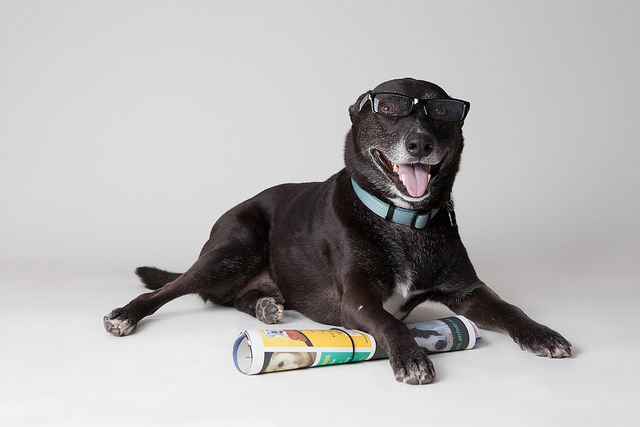
#2 – He’ll Grow out of It
No, no he won’t. In fact, if you let your dog do something you don’t like, thinking he will grow out of it, it’s more likely the behavior will get stronger. The shelters are full of dogs that were relinquished due to behavior issues. So don’t wait for something that is never going to happen – training is the only answer to bad behavior.

#3 – Playing Tug Will Make My Dog Aggressive
People used to say that you shouldn’t play tug with your dog because it would encourage biting and pulling on things – such as a human hand. However, if played correctly with the right set of rules (including not ever coming in contact with human skin and a reliable drop), there is nothing wrong with a good game of tug!
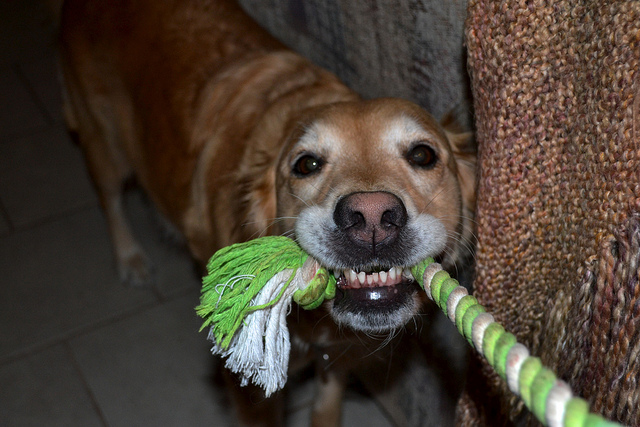
#4 – Don’t Play Tug With “Bully” Breeds
Myth #3 applies to all dogs, even bullies. It’s okay to play tug with a pit bull or “bully” type dog, as long as the rules are followed.
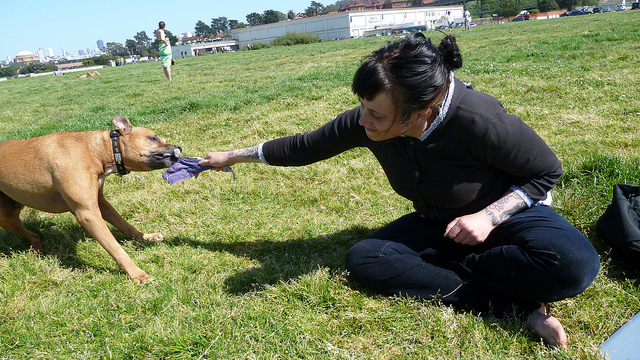
#5 – Rubbing Your Dog’s Nose in His “Accidents” Will House Train Him
There are several reasons why this is a myth. For starters, a dog can’t piece together that you are rubbing his nose in his own mess because you don’t want him to do it in the house. Dog’s don’t feel shame or guilt and can’t grasp the concept of a belated punishment, and most dog’s end up hiding to go the bathroom in the house as a result of the punishment–making it even harder to house train. If I came up to you and shoved your face in a pile of laundry (using no words you could understand), would you know why? Did I do it just for no reason? Did I do it because I wanted you to fold them? Move them? Wash them? Donate them? If you can’t figure it out that type of “communication”, why do you expect your dog to?

#6 – You Must Be “Alpha” for Your Dog to Listen to You
This myth came about because dogs are distantly related to wolves and so someone decided they must act like wolves, too. However, there are two things wrong with this: dogs are not wolves and the original study that started this myth has been debunked by scientists as not the way wolves act in nature. (The original study was based on captive, un-related wolves, which would not occur in nature.)
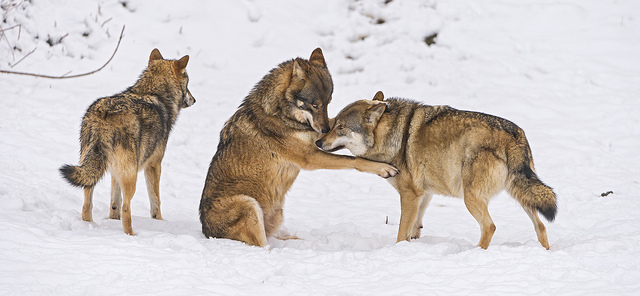
#7 –My Dog Is a Dumb Breed so He Can’t Learn
There has been a lot of research lately on dog intelligence and not one of them has proven that a dog’s particular breed determines a level of intelligence. Therefore, all dogs are intelligent and they can all learn. It’s just a matter of figuring out how to develop a relationship and the right environment for your dog to be successful.

#8 – My Dog Is Just Stubborn and Refuses to Learn
Just like guilt, stubbornness is a human trait we like to give dogs, especially if it seems like they are purposely not listening to us. However, it has been shown that almost always, there is a reason your dog is not listening to you – fear, anxiety, pain (maybe their hips hurt so lying down in uncomfortable), doesn’t understand what you are asking, etc.

#9 – Puppies Can’t Be Trained, You Have to Wait Until They Are at Least 6 Months Old
If you wait until your dog is almost in his teenage phase to start training, you’ll be sorry. Puppies can start learning about their environment almost immediately with stimulating surfaces, sounds, etc., and by the time you get her at eight weeks she can learn anything – I suggest you start leash and obedience training immediately. A week after I got him, my puppy knew sit, down, and walked decently on the leash.
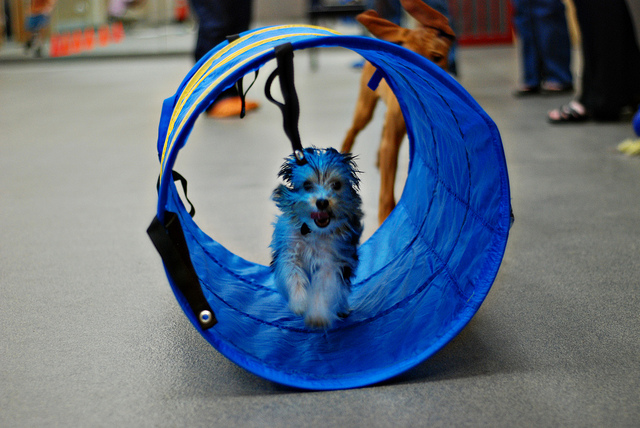
#10 – Positive Reinforcement Training Is Only for Small, Nice, “Easy” Dogs, Not Large, Fearful, Aggressive Or “Difficult Dogs”
Actually, it’s those difficult dogs that need positive training the most! Treating aggression with aggression will just create more aggression or fear. Positive training is the best method for all dogs.

#11 – Using Food to Train Is Bribery
This myth came from a group of people that do not want to feed their dog to train them. However, expecting your dog to work for free insults their intelligence. Do you work for free? No. Even kids doing homework get rewarded for doing it – a good grade, a present from their parents, watching TV after it’s done, getting to play with friends, etc.. We all get dessert for eating our dinner, right? Using food in training is a reward for your dog choosing to do the right thing.
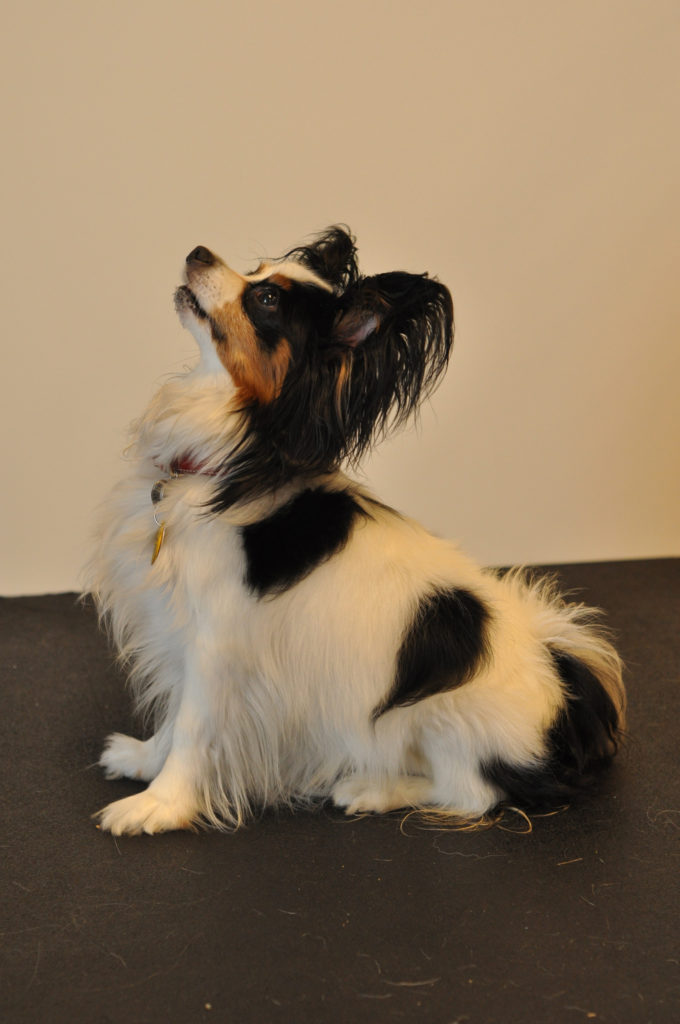
#12 –My Dog Urinated on My Bed Because He Is Mad at Me
As a trainer, I hear this one said a lot – it’s a common myth that is alive and well. Why? Because once again we like to put human thought processes into our dog’s brains. However, there is no evidence that dogs are capable of thinking that if they pee on your bed, you will not leave them at home next time (it’s the reverse of Myth #5 and dogs don’t think that way). More likely there is a medical or training issue in play.

#13 – If I Use Food to Train, I Will Always Have to Use Food
Using food as a reward is just the start because most dog’s will work for a treat. However, many of us also use toys, freedom, praise, petting, play, etc., as rewards are our dog’s progress in their training. You will not have carry treats with you 24/7 to get your dog to mind – if that were true no positive reinforcement trainer would be able to compete in dog events, where food is not allowed. And many compete, successfully at that.

#14 –I Have to Do Everything “First” so My Dog Knows I Am Boss and Will Listen to Me
Also related to the “alpha” theory, I have had clients tell me that eat before their dog, walk through the door before their dog, etc., so the dog knows they are the “leaders.” Again, this is based on a false picture of a wolf pack. Not to mention, again, dogs are not wolves. They are separated by thousands of years of domesticity. In fact, I feed my dogs in their crates before I eat so I can have a nice dinner without them and they still respond to my cues just fine.
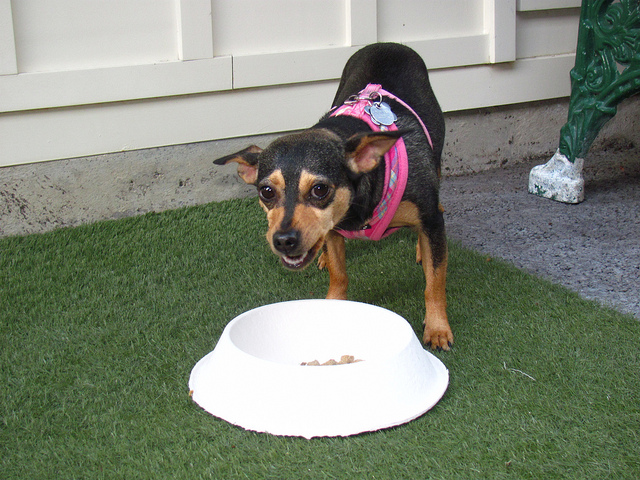
#15 –My Dog Is Dominant and That’s Why He Does “X”
Another one of myths surrounding dog training involves believing your dog is doing something like pulling on the leash, jumping up, not listening, etc., because your dog is dominant. However, “dominance” is not a personality trait. Your dog is not planning to take over the world by first getting control of you. According to the research, there is actually no such thing as a “dominant dog,” because dominance is a social relationship between animals of the same species and it’s constantly changing.
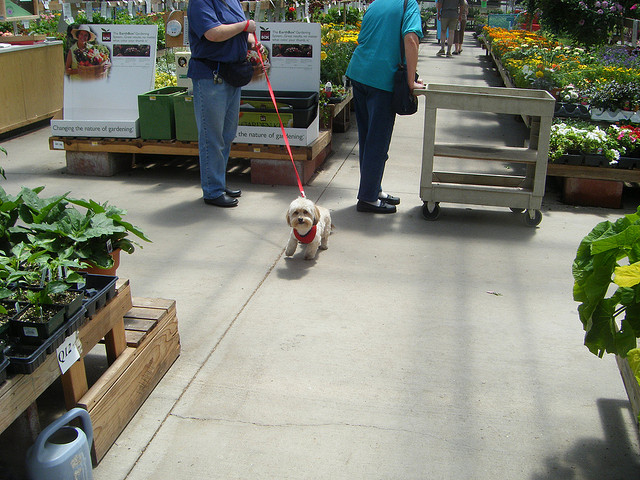
 Toledo, United States.
Toledo, United States.